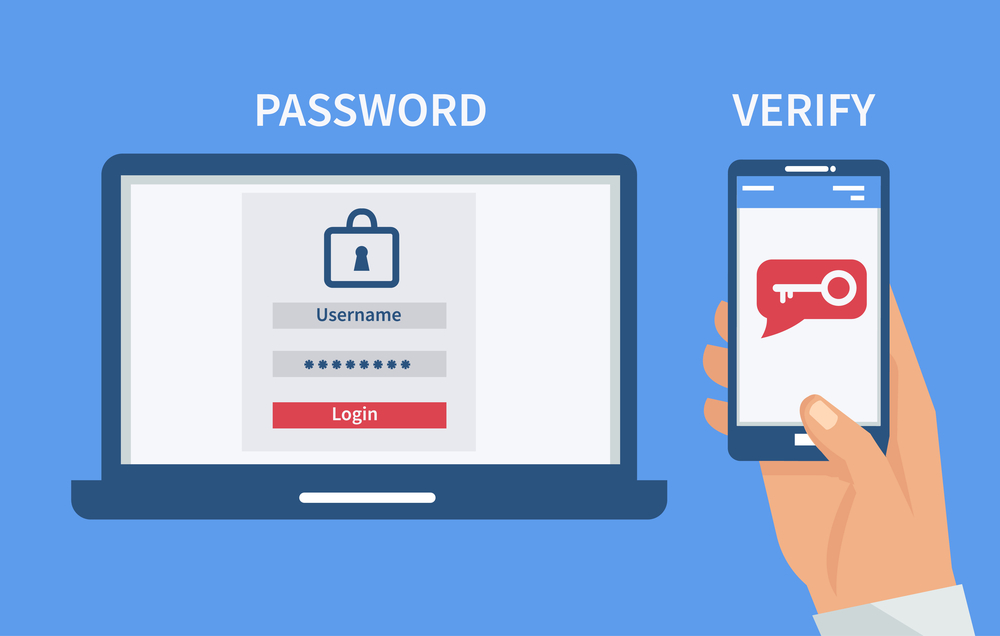 Network Security
Network SecurityWhy Two-Factor Authentication (2FA) Is a Must in 2025
July 20, 2025 • 5 min read
Passwords alone are not enough. Here's why enabling 2FA can save your accounts from being hacked.
In today's cybersecurity landscape, relying solely on passwords for account protection is like locking your door but leaving the windows open. Two-factor authentication (2FA) adds an essential layer of security that significantly reduces the risk of unauthorized access, even if your password is compromised.
Why 2FA is Essential in 2025
1. Password Vulnerabilities
- 81% of data breaches involve weak or stolen passwords
- Password reuse across multiple accounts remains common practice
- Social engineering attacks continue to bypass password security
- Credential stuffing attacks automate login attempts
2. Evolving Threat Landscape
- Advanced phishing kits specifically designed to steal passwords
- Sophisticated malware capable of capturing keystrokes and credentials
- AI-powered password cracking tools becoming more accessible
- Increased sophistication of social engineering attacks
Types of 2FA Methods
1. SMS-Based 2FA
- Verification codes sent via text message
- Pros: Easy to use, widely available, familiar to users
- Cons: Vulnerable to SIM swapping, interception, and phone number porting
2. Authenticator Apps
- Time-based one-time passwords (TOTP) generated on your device
- Pros: Works offline, more secure than SMS, resistant to phishing
- Cons: Requires smartphone installation, potential device loss
3. Hardware Security Keys
- Physical devices that generate codes or use biometrics
- Pros: Highest security level, phishing-resistant, durable
- Cons: Cost, potential for loss/theft, requires USB/Bluetooth/NFC
4. Biometric Authentication
- Fingerprint, facial recognition, voice recognition, or iris scanning
- Pros: Convenient, difficult to replicate, always available
- Cons: Privacy concerns, potential spoofing, hardware requirements
5. Push Notifications
- Approval requests sent to mobile devices for one-tap verification
- Pros: User-friendly, secure, provides context about login attempts
- Cons: Requires internet connection, potential for notification fatigue
6. Backup Codes
- Pre-generated codes for use when primary 2FA methods aren't available
- Pros: Reliable backup option, works offline
- Cons: Must be stored securely, limited number of uses
Implementation Best Practices
For Individuals:
- Enable 2FA on all supported accounts (email, social media, banking, etc.)
- Use authenticator apps instead of SMS when possible for better security
- Keep backup codes in a secure location (password manager or safe)
- Consider hardware keys for high-value accounts and cryptocurrency
- Regularly review and update 2FA settings
For Organizations:
- Mandate 2FA for all user accounts, especially administrative access
- Implement adaptive authentication based on risk and context
- Provide multiple 2FA options to accommodate user preferences
- Conduct regular security awareness training about 2FA importance
- Monitor and alert on suspicious authentication attempts
Common 2FA Myths Debunked
Myth: "2FA is too complicated for users"
Reality: Modern 2FA methods are designed for ease of use and intuitive operation
Myth: "SMS 2FA is completely secure"
Reality: While better than nothing, app-based methods are significantly more secure
Myth: "2FA guarantees absolute security"
Reality: It dramatically reduces risk but isn't foolproof - defense in depth is key
Myth: "2FA is only for tech-savvy users"
Reality: Current solutions are user-friendly and accessible to everyone
Future of Authentication
- Passwordless authentication gaining mainstream adoption
- Biometric advancements improving accuracy and anti-spoofing capabilities
- Behavioral analytics for continuous authentication throughout sessions
- Federated identity management across platforms and services
- AI-powered risk-based authentication adapting to threat patterns
Statistics That Matter
- Accounts with 2FA are 99.9% less likely to be compromised
- 2FA prevents 96% of bulk phishing attacks and 76% of targeted attacks
- Organizations implementing 2FA see 50% reduction in account takeovers
- 57% of people still don't use 2FA for their primary email account
Industry-Specific Considerations
Healthcare: Protect patient data with strong 2FA implementation
Finance: Regulatory requirements often mandate multi-factor authentication
Education: Protect student records and research data
Government: Secure sensitive citizen information and official communications
Take Action Today
Don't wait until it's too late. Enable 2FA on your:
- Primary email accounts
- Social media profiles
- Banking and financial accounts
- Cloud storage services
- Work and productivity accounts
- Cryptocurrency exchanges and wallets
The few minutes it takes to set up could prevent months of dealing with the consequences of a compromised account.
Remember: In cybersecurity, layers matter. 2FA provides that critical second layer that can mean the difference between a secure account and a devastating breach. Make 2FA non-negotiable for your digital life.